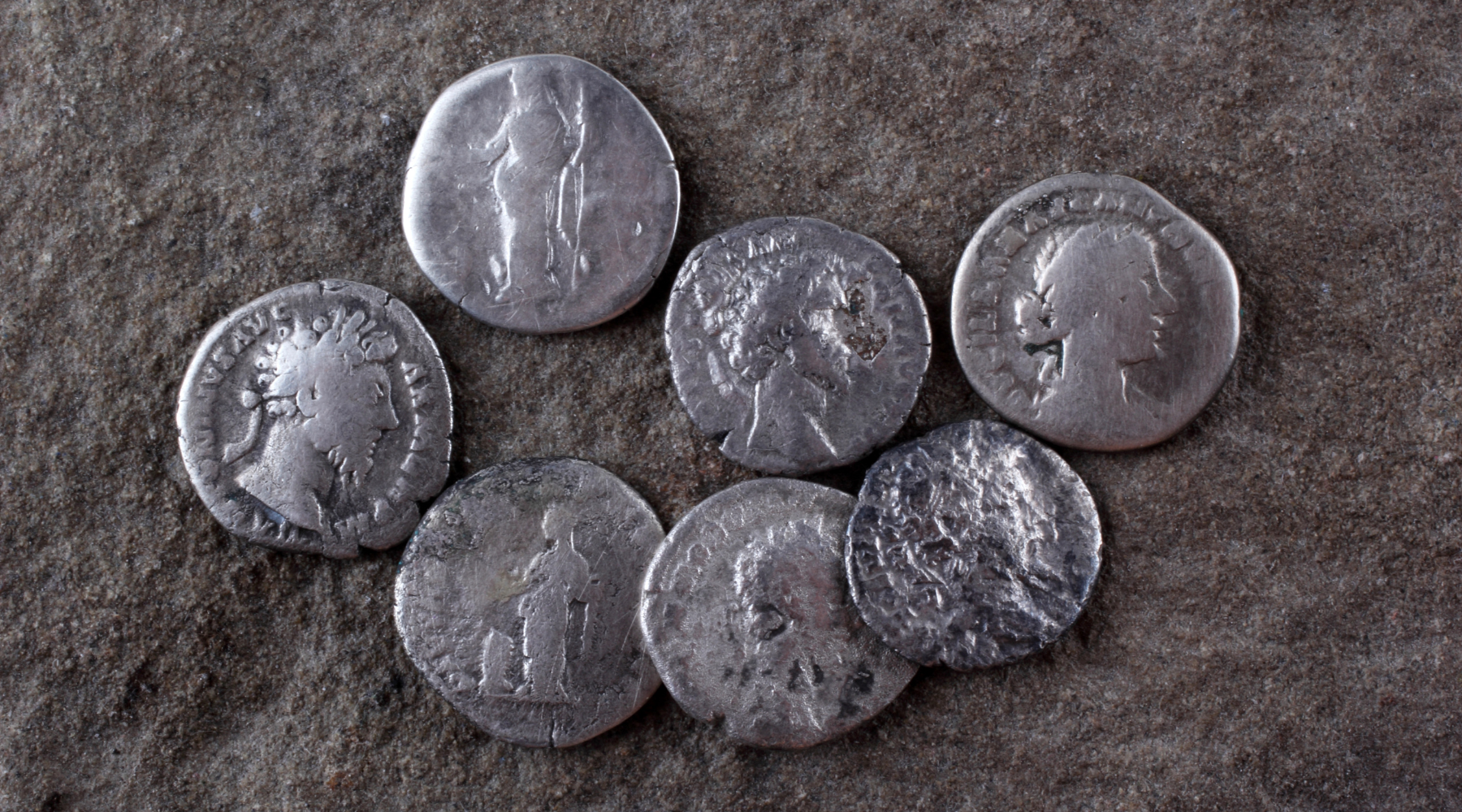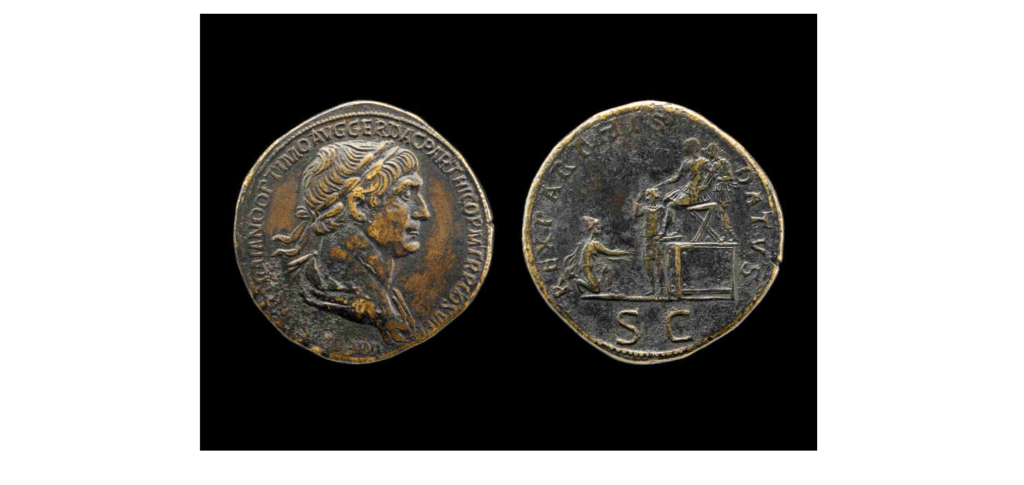The Roles of Silver and Gold Coins in History

Precious metals have a long and storied history of benefiting humanity. Until recently, gold and silver were used for coin production, not just for investments, but primarily to exchange for goods and services. They were (and still are) perfect metals – they last forever, they retain their value, they are portable and they are appreciated in practically every culture around the world.
Besides the previously mentioned roles that gold and silver coins have, they have many other purposes that go much further than the obvious. The early years of coin development saw most countries using basic inscriptions to promote one ideal over another. Then in a matter of just a few hundred years, massive growth took place, with coins featuring designs that could only be limited by the mint’s imagination.
Here are some of the early roles that gold and silver coins played.
Coins Allowed People to Carry Imagery of Their Gods With Them
Honouring the gods was an important part of everyday culture, especially in Ancient Greece. Being able to carry gods’ images with them and having them in constant possession had the dual effect of honouring them whenever they made a purchase.
A Sicilian mint included Silenus, a companion of the god Dionysus. Dionysus himself was also depicted on Greek silver coins.
The ancient Greek city of Elis produced coins with the eagle of Zeus alongside a thunderbolt.
The City of Athens produced coins with owls since in Greek mythology, an owl represented Athena. Kyme (in Aeolis) chose a horse. The colony of Massalia had silver coinage with Artemis. And Thasos (an island of Greece) produced coins with dolphins.
After a siege by the Athenians, gold coins included imagery of Herakles strangling a lion. And another Greek city, Corinth, issued silver coins with Pegasus, the mythical horse of Bellerophon.
Silver and Gold Coins Honoured Rulers
During the reign of Alexander the Great, having a portrait of a regal individual became common. At this early stage in coin development though, coinage honoured a country’s dead. Alexander had coins with only his name and it wasn’t until after his conquest of Persia that his title (king) was included.
After Alexander’s death, his effigy appeared on coins throughout his newly formed empire, and it wasn’t until 306 that a live king included his own portrait: Ptolemy I. It was also then that a standard weight for a silver coin was mandated throughout the empire. Since silver was readily available for mints and gold was quite rare, many cities and states continued to produce their own coins until they became part of the Roman Empire.
Throughout the Byzantine empire and many others, coins had helmeted emperors in full military uniform.
Silver Coins Were Issued to Celebrate Great Conquests
Early coinage was issued by rulers to tell the world about magnificent victories in battle.
In AD 66, silver coins were issued to celebrate Jesusalem’s revolt against Rome. In 116, Roman emperor Trajan issued a commemorative coin with “A king is given to the Parthians.”
More recently, Poland issued coinage celebrating independence after World War I.

Silver Coins Promoted Religion
The seventh century saw Islamic mints reforming their currency to gold, silver and copper and including “There is no god but God: he has no associate”, a quote from the Qurʾān.
The Roman Empire saw silver coins developed that beheld the pope’s monogram with the emperor’s name from 774 to 904 A.D. Afterward, the pope’s name also appeared.
The centuries that followed saw a trend to promote religions on coinage spread throughout Europe. The Byzantine emperor John Tzimisces was included on Macedonian coins with Jesus.
John the Baptist even appeared on Florence currency at about 1189.
Silver Coins Demonstrated Civic Pride
Between 550 and 500 BC commerce and civic pride had spread coinage to many parts of the world around the Mediterranean Sea.
Coins were struck not only by private mints and nations like today, but they were produced by towns, cities and regions as well. Often the design included an effigy of a local hero of sorts as well as a local interest.
This focus on celebrating “local” gave the coins great importance. Some Athenian coinage, for example, includes beautiful statues that have since been destroyed. These include the Athena Parthenos of Phidias; statues in the Acropolis; and the Dionysus of Alcamenes.
In 1252 Brancaleone, in Italy, struck coins celebrating Rome with “Roma Caput Mundi”, meaning “Rome, Capital of the World”.
Silver Coins Promoted Political Parties
Roman emperors used the denarii for political purposes. Senator Piso approved coins with images of grain to promote his initiatives, while statesman Marius included images of ploughing oxen, while Sextus Nonius Sufenas promoted the infamous games that he had staged.
Gold, Silver and Bronze Coins Helped to Unite a Nation
Caesar was one of the first to use his own effigy on a coin. Afterward, virtually every coin of every metal type used a head on one side – even coins from smaller cities. This helped to create one single currency with one single figurehead at a time when there was significant division.
What will the Roles of Silver and Gold Coins Be Tomorrow?
The coinage of the past and present have been used to honour people, places and things of great importance. What will tomorrow bring? Where do you see the gold and silver bullion industry setting its sights on next?
Explore some of the many silver coin and gold coin options now available to purchase right here at www.RoyalBull.ca and celebrate the best of yesterday, today.



